Amidst the vast straight rice fields of the Long Xuyen Quadrangle, surrounded by canals carrying heavy alluvium in one of the most fertile delta areas of the lower Mekong River, Tra Su Melaleuca Forest appears like a precious gem lying quietly in the middle of the vast fields. Tra Su is one of the models that smoothly and successfully combines ecosystem conservation and sustainable tourism development.
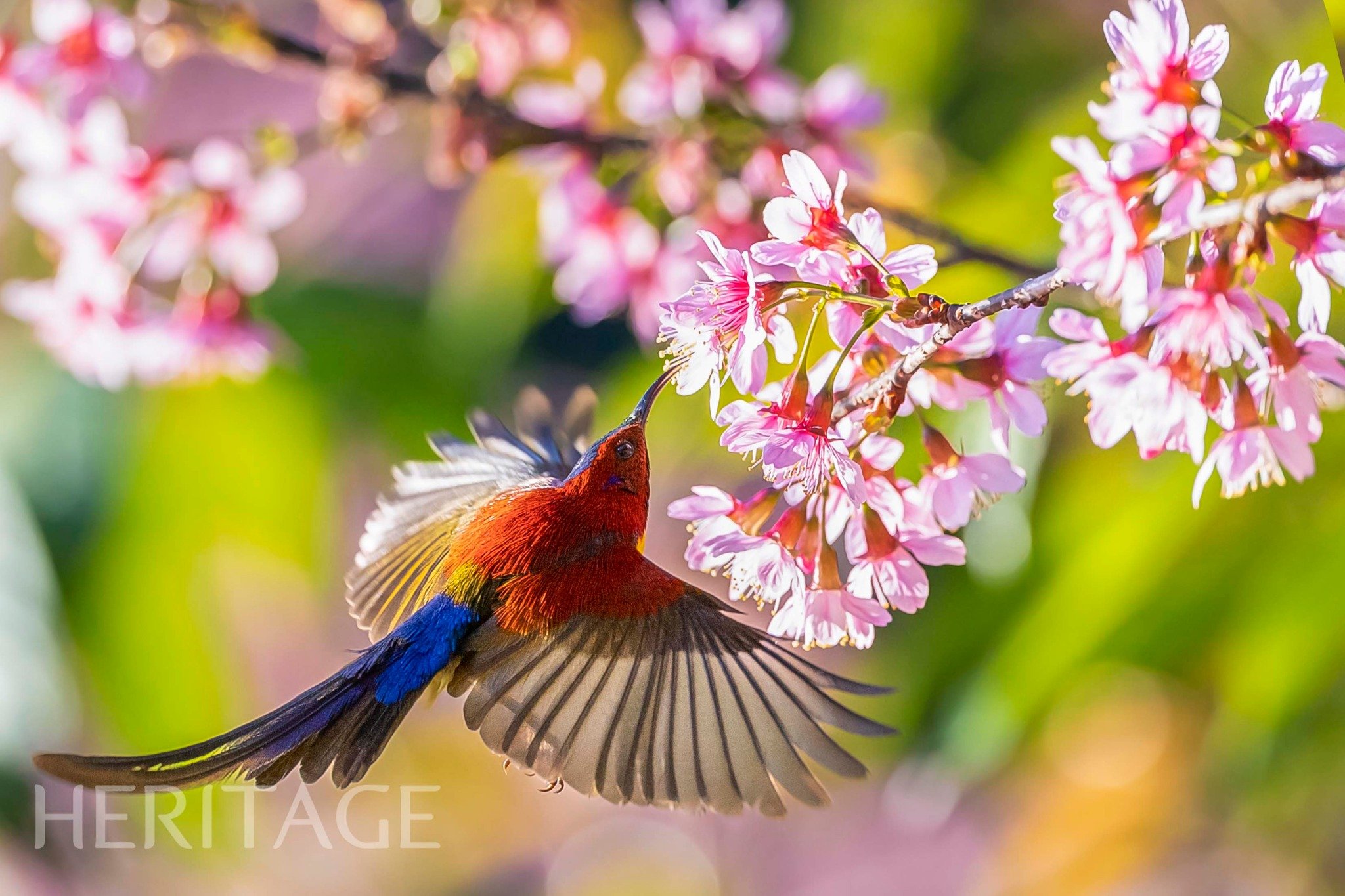
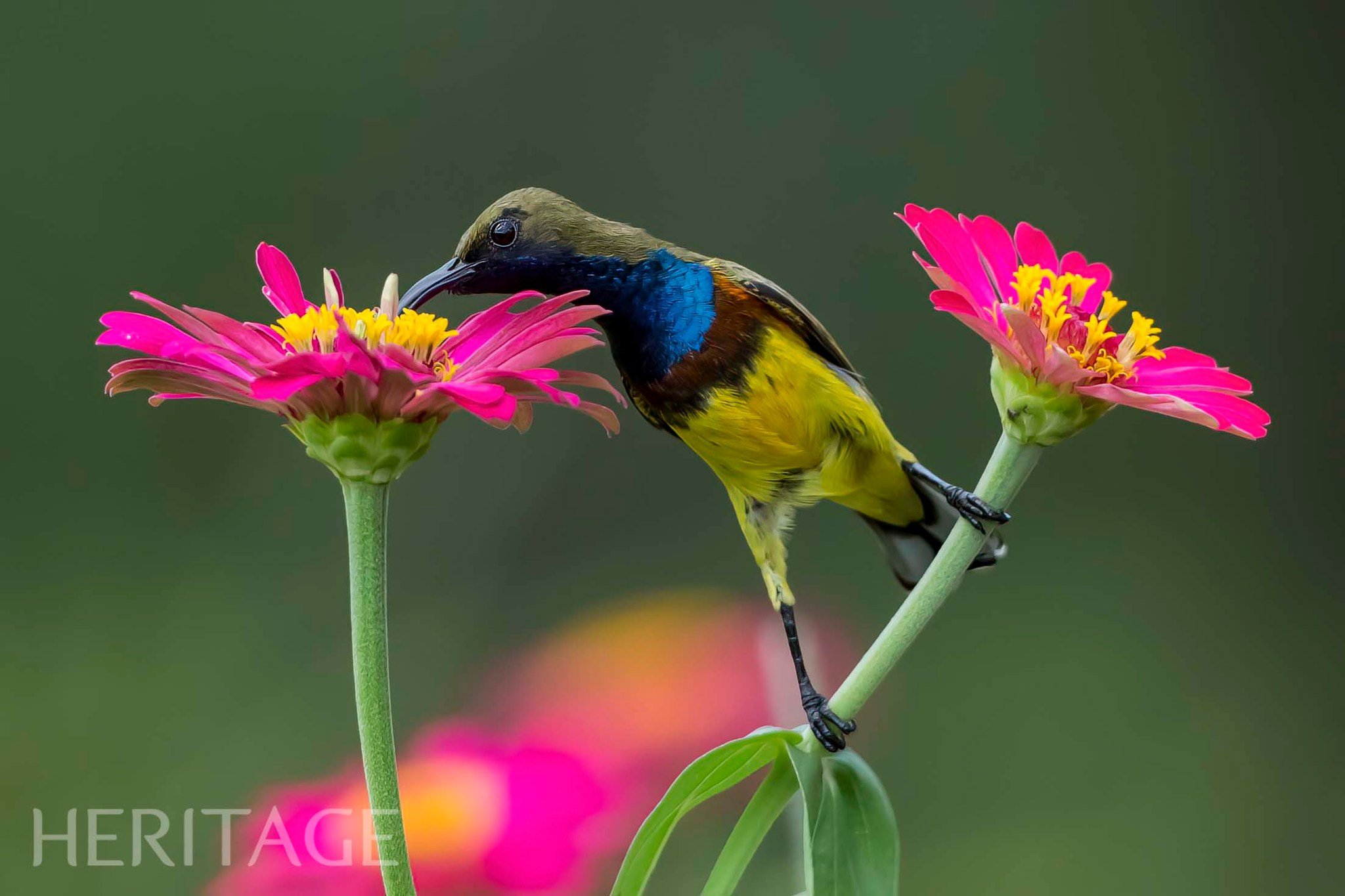
We have visited Tra Su Melaleuca Forest many times at different times. Each season, this forest has a different look, and is almost always very interesting. The West, especially the rice-growing areas with vast fields, are often very beautiful during the flood season, from around September to November every year. When the surrounding fields are flooded, which is also an endless source of alluvium flowing from the upper Mekong River, Tra Su, seen from afar, also appears as a smooth green patch.
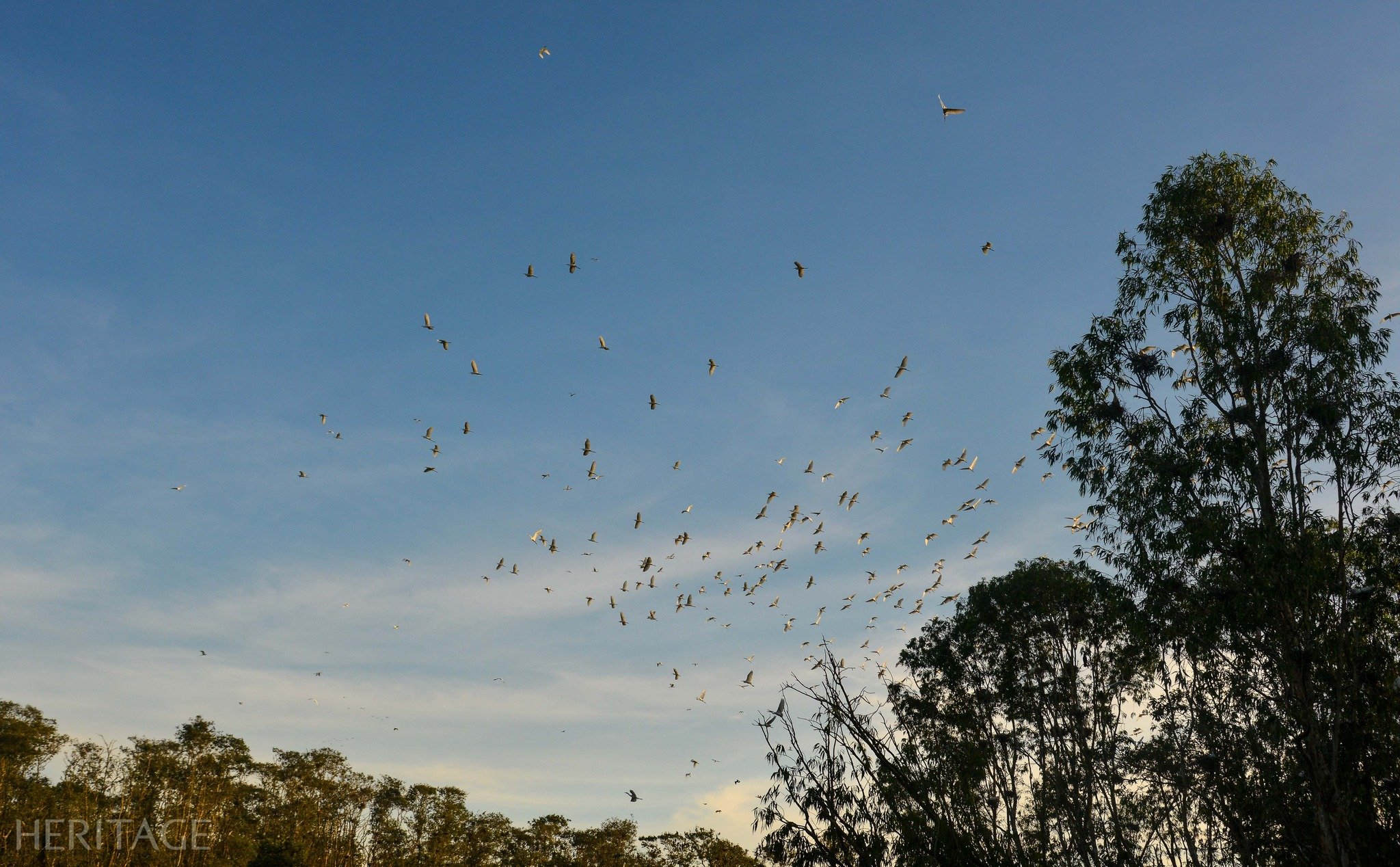
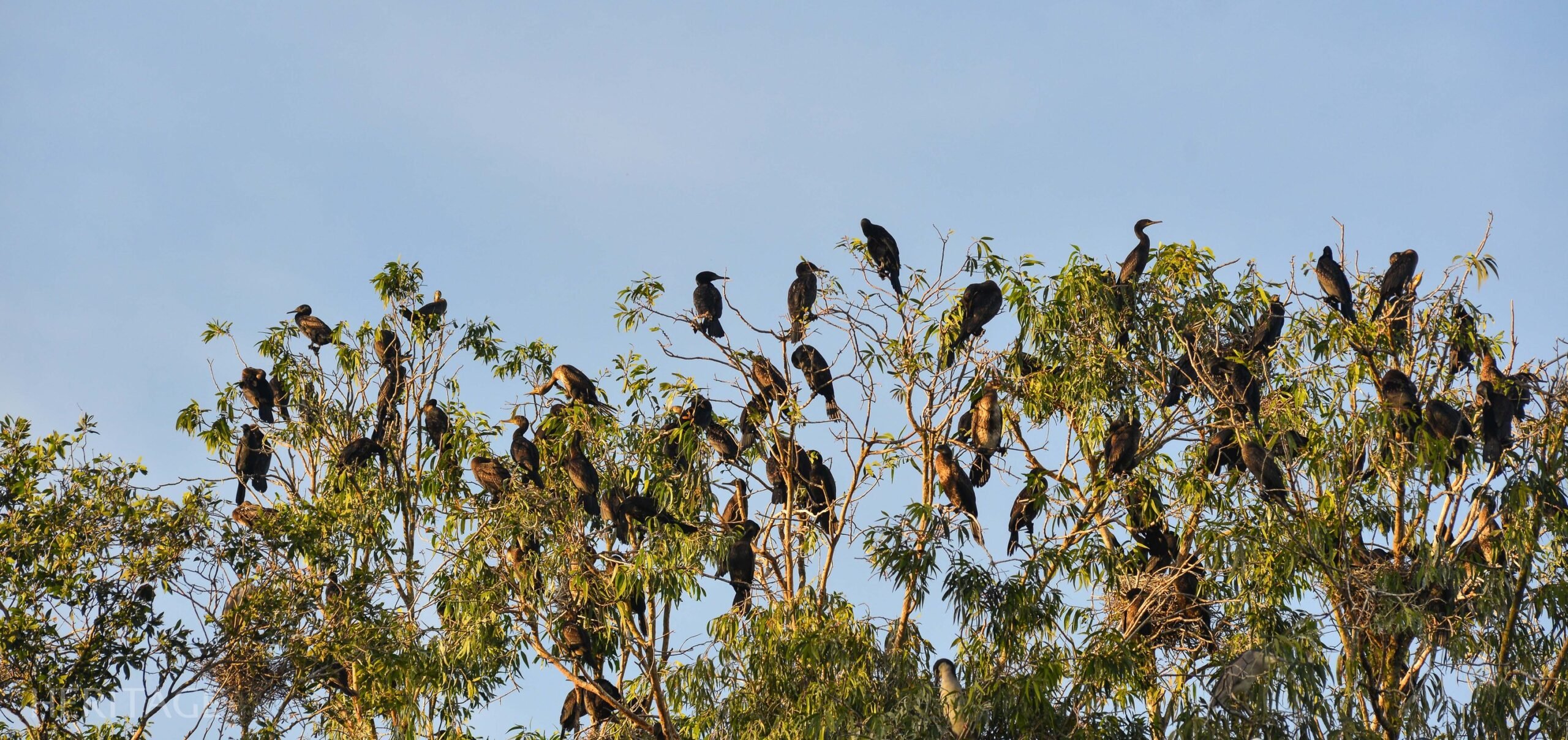
Or if visitors from afar come to Tra Su around Tet, around December, they will witness the migratory bird season. Sometimes, if they are lucky, they will see a flock of giang sen birds flying back, perching over an area as large as a pole of land. Or in the summer, when the rains fall in succession on the plains, the rice in the fields is in full bloom, the trees are lush, Tra Su also puts on a new coat, because the water fern and lotus clusters scattered throughout the cajuput forest suddenly sprout and turn green and unusually lush.
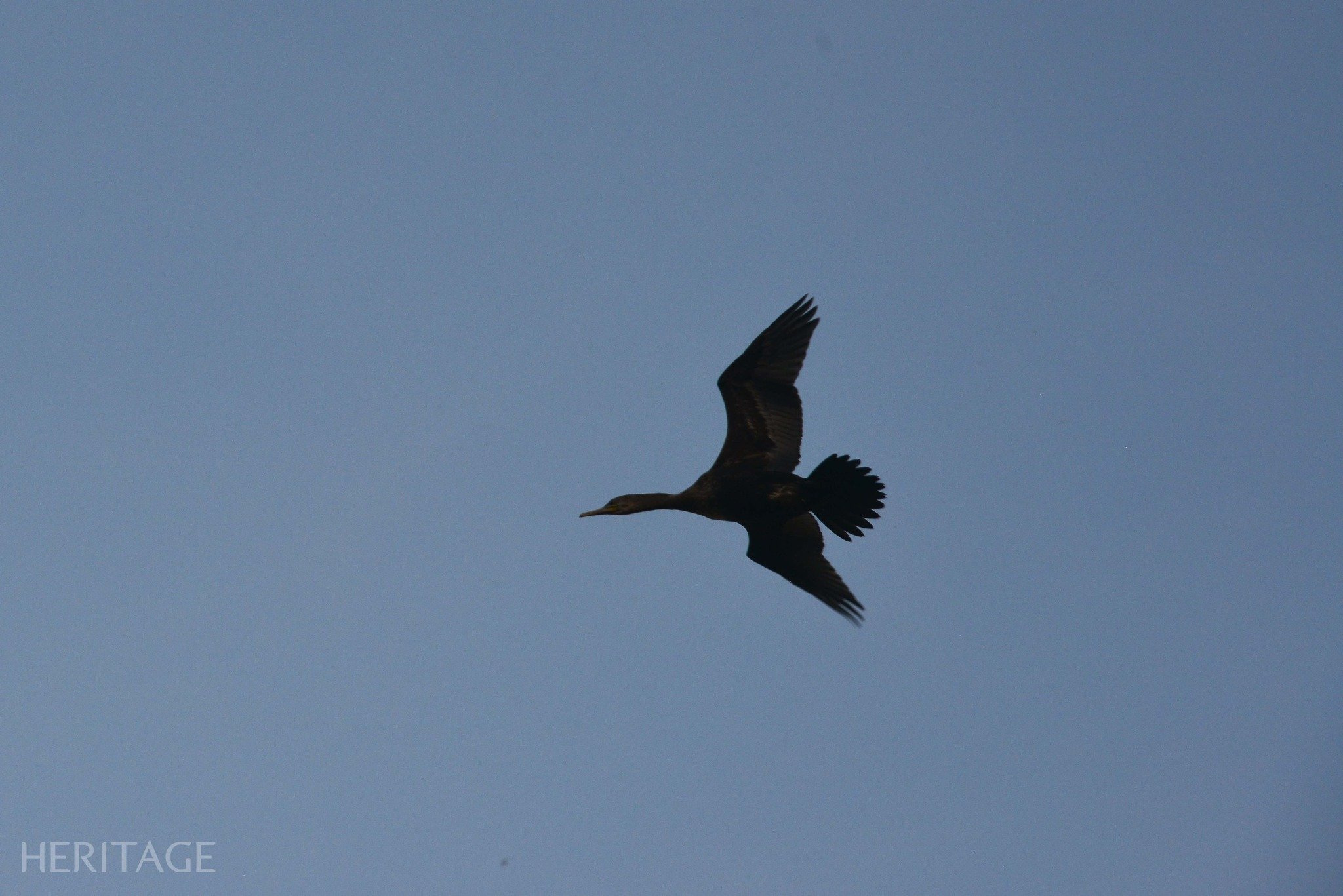
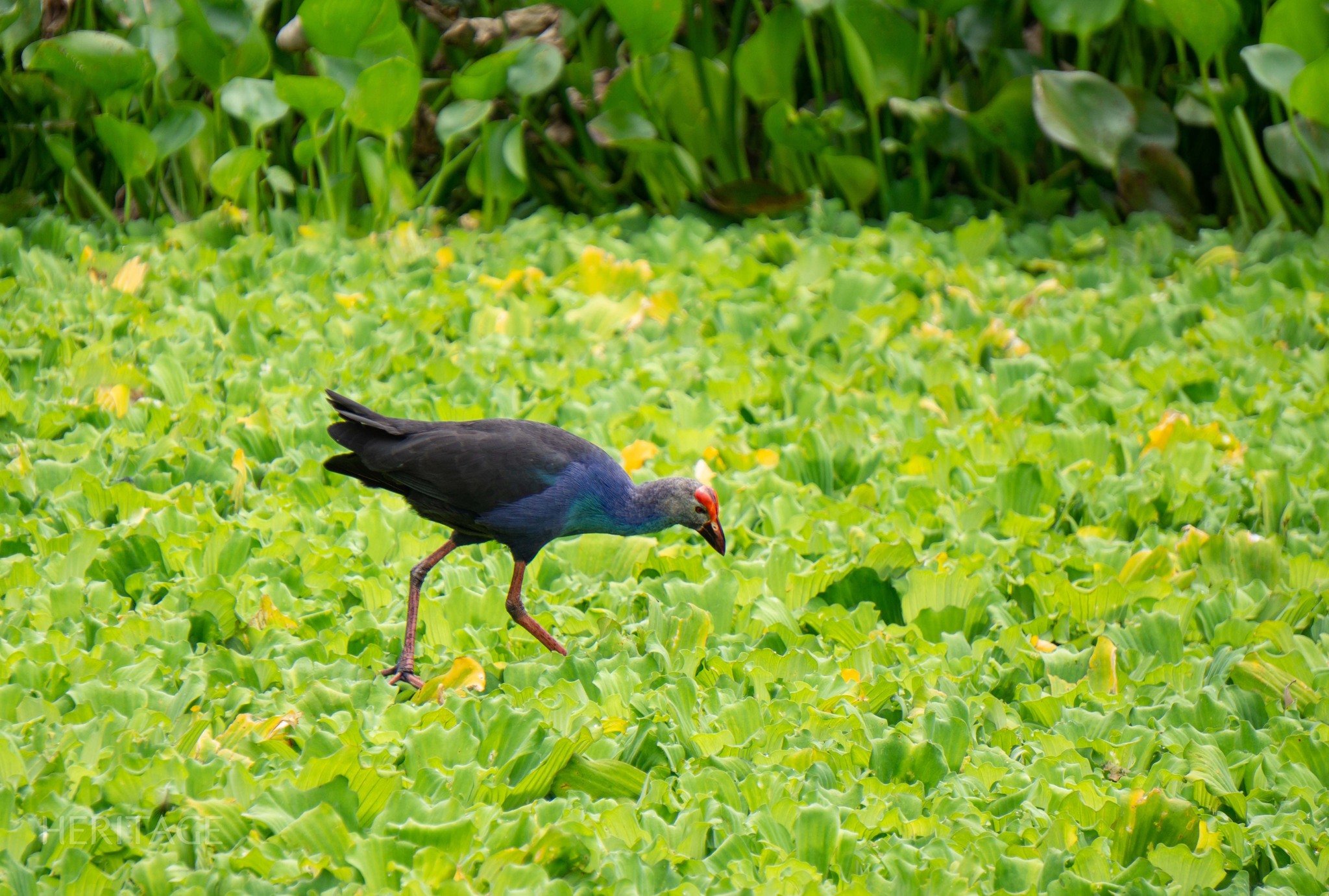
When coming to Tra Su, we often enjoy sipping tea and sharing wine with the forest management board members, listening to stories about the strange species of birds and animals that have been discovered. The diversity and richness of species in the Melaleuca forest also attracts biological researchers to work here regularly. Tra Su currently records more than 70 species of birds, about 15 species of bats, 25 species of frogs and especially 140 species of fish, of which 13 species of fish only appear during the flood season.
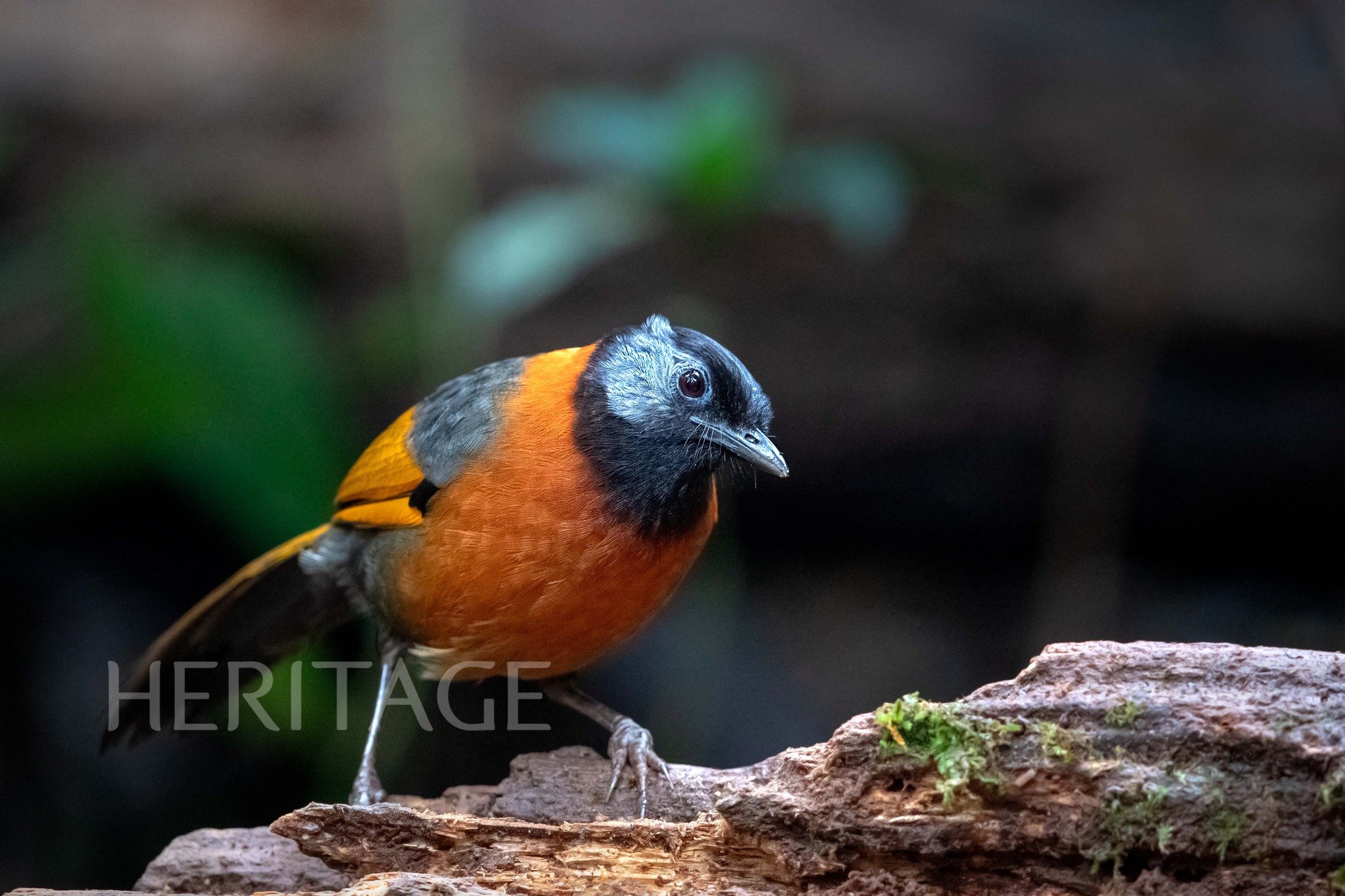
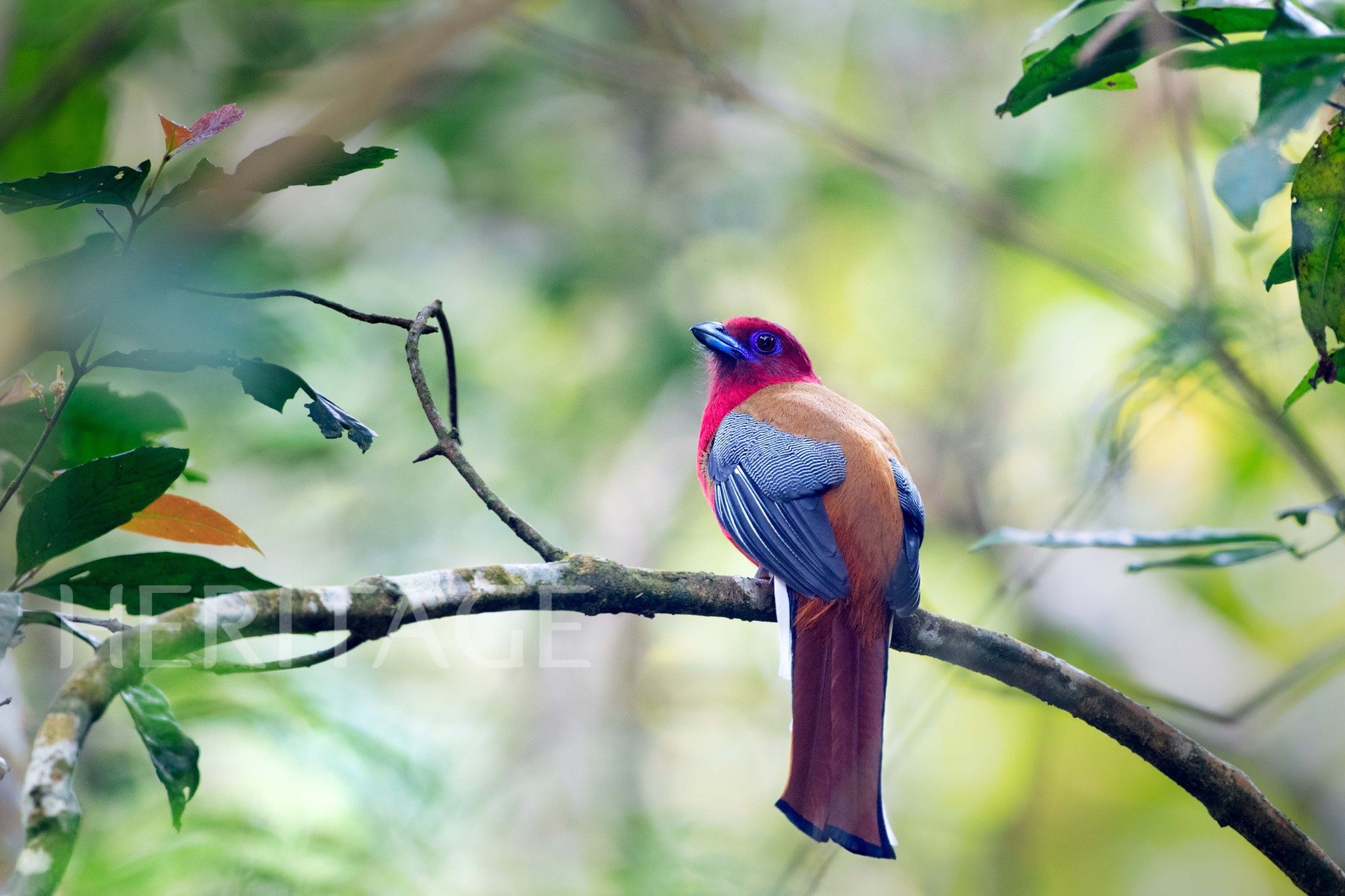
In Tra Su cajuput forest, the most impressive time is when the sunlight fades, the sunset gently falls on the cajuput trees, which is also the time when flocks of birds flutter back to find their nests. Flocks and flocks appear densely, their calls chirping, the sound of flapping wings. Then in the early morning, when frogs jump around under the large lotus leaves, fish splash their tails gently in the water, we are taken around the lake by boat, through the rows of straight and green cajuput trees, the sunlight gently filters through the leaves, the scent of cajuput flowers wafts around. Hidden in the clear water are aquatic species, moss. A strangely peaceful space.
Heritage Magazine


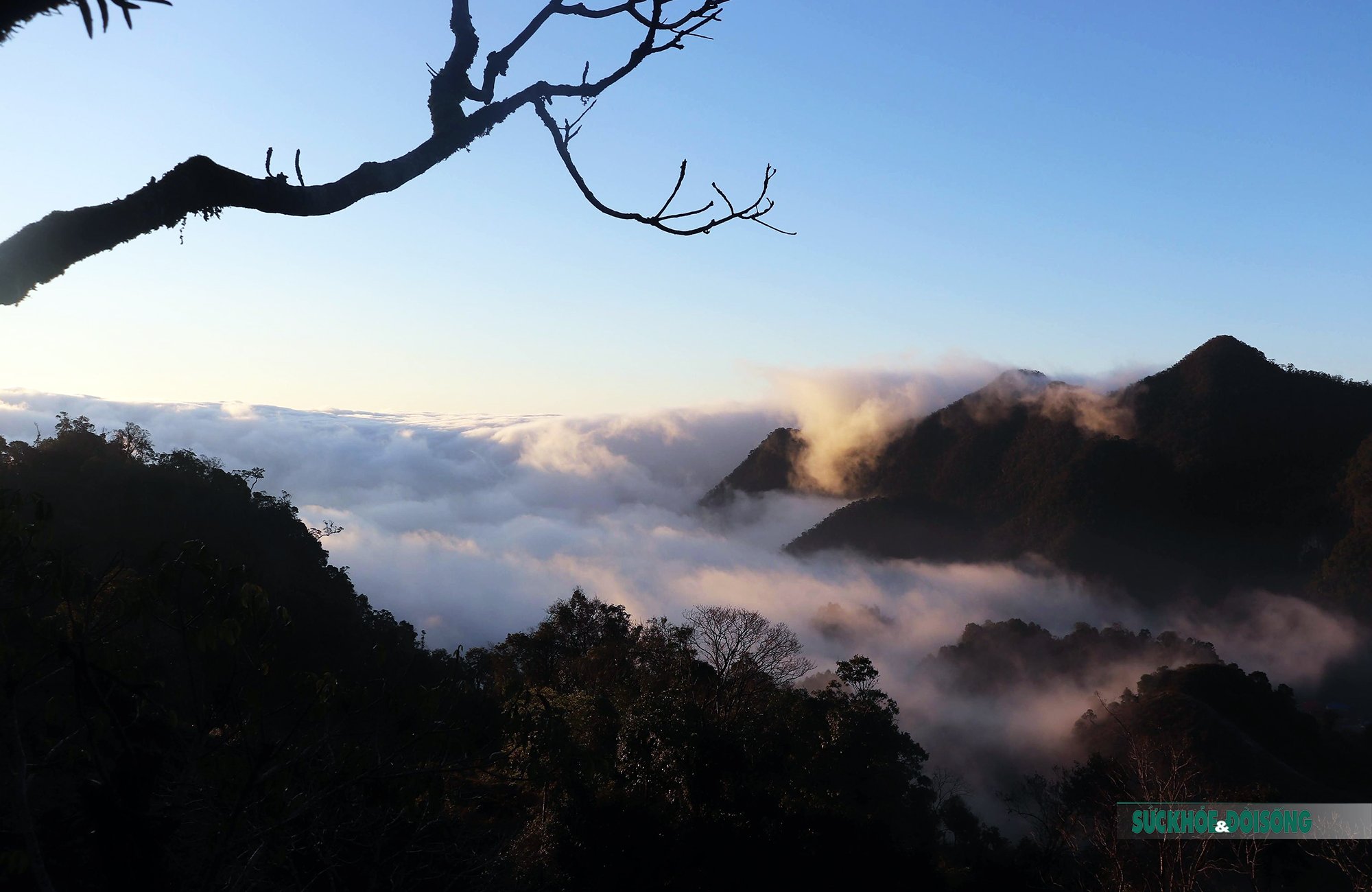




![[Photo] Visiting Cu Chi Tunnels - a heroic underground feat](https://vstatic.vietnam.vn/vietnam/resource/IMAGE/2025/4/8/06cb489403514b878768dd7262daba0b)


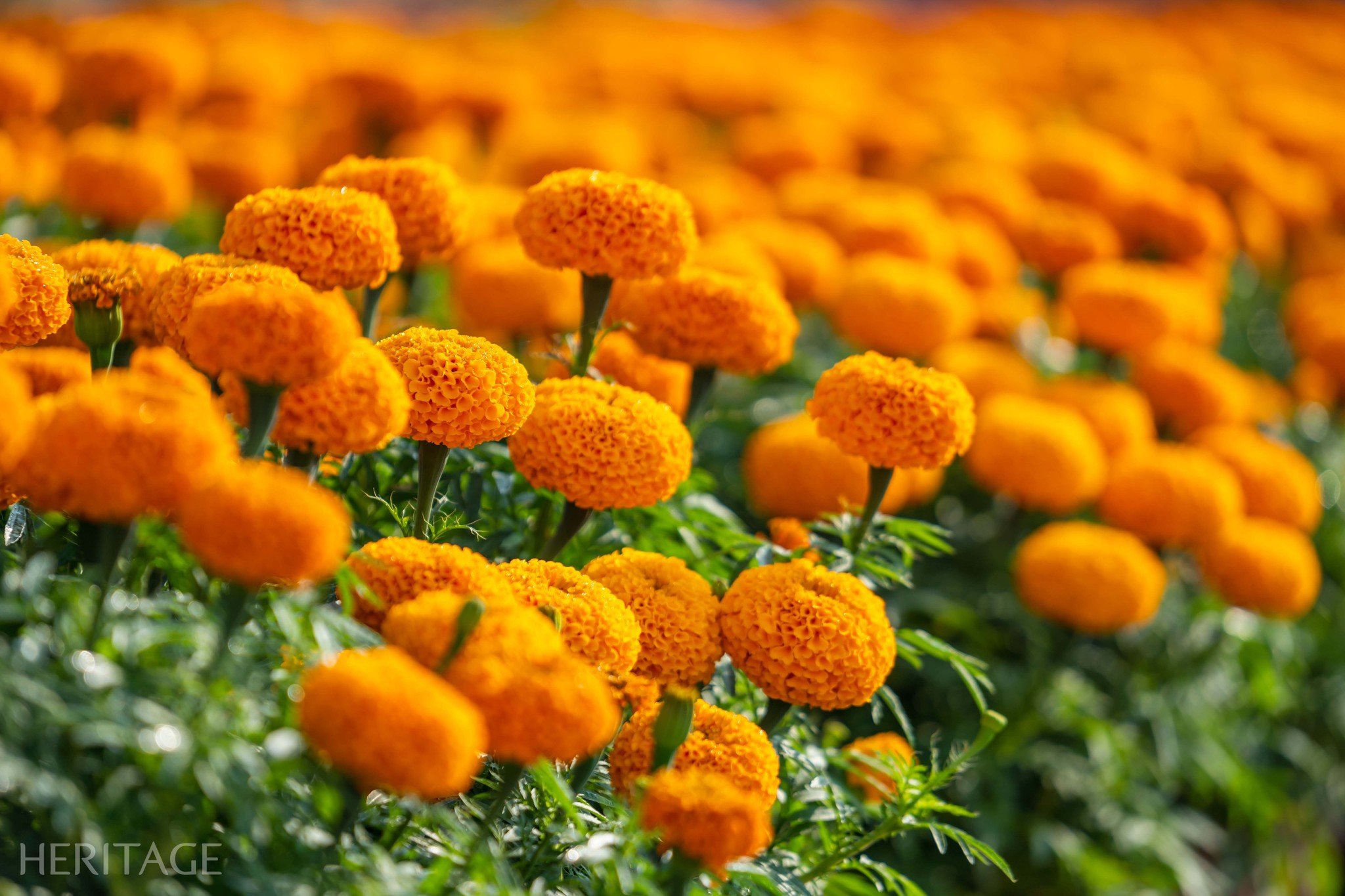
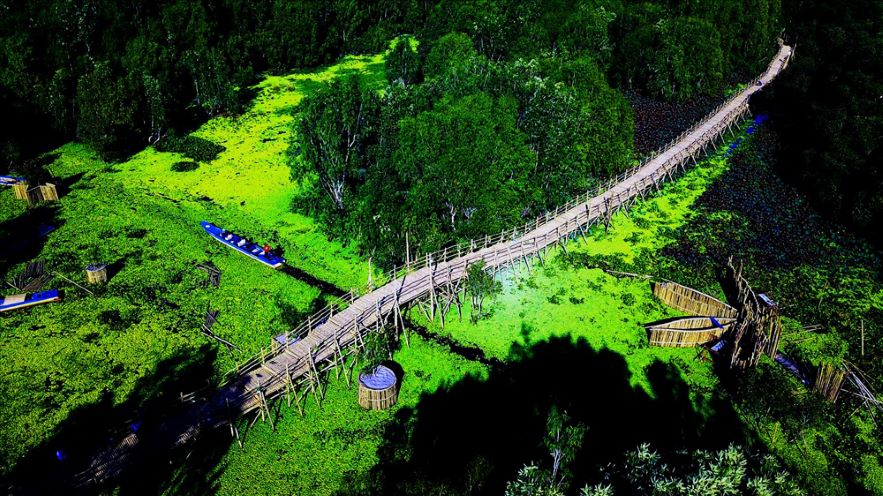



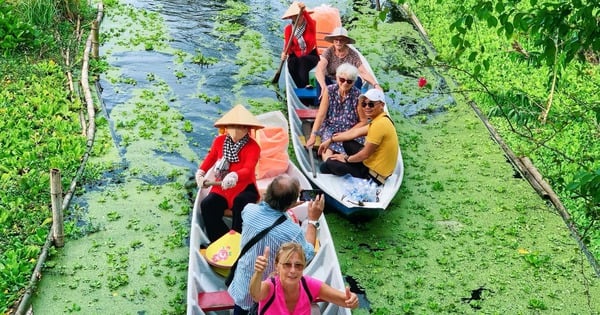
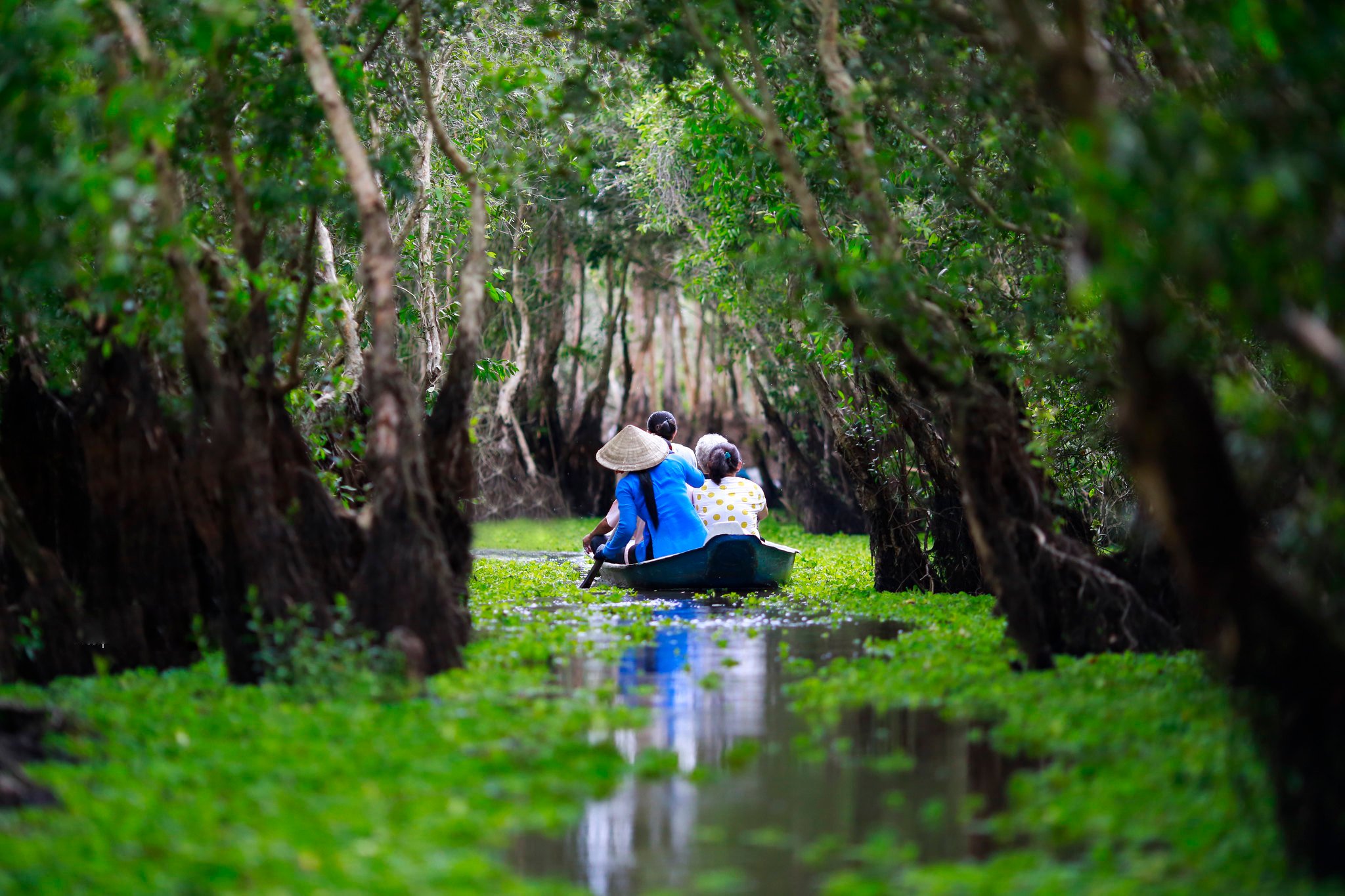
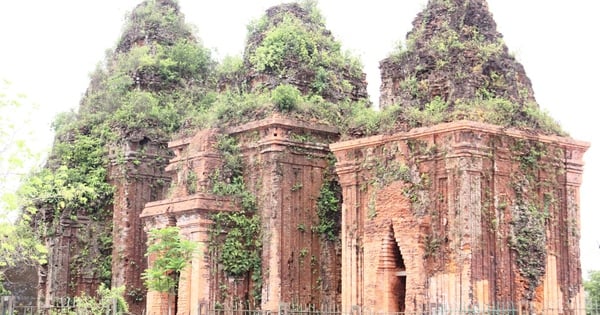

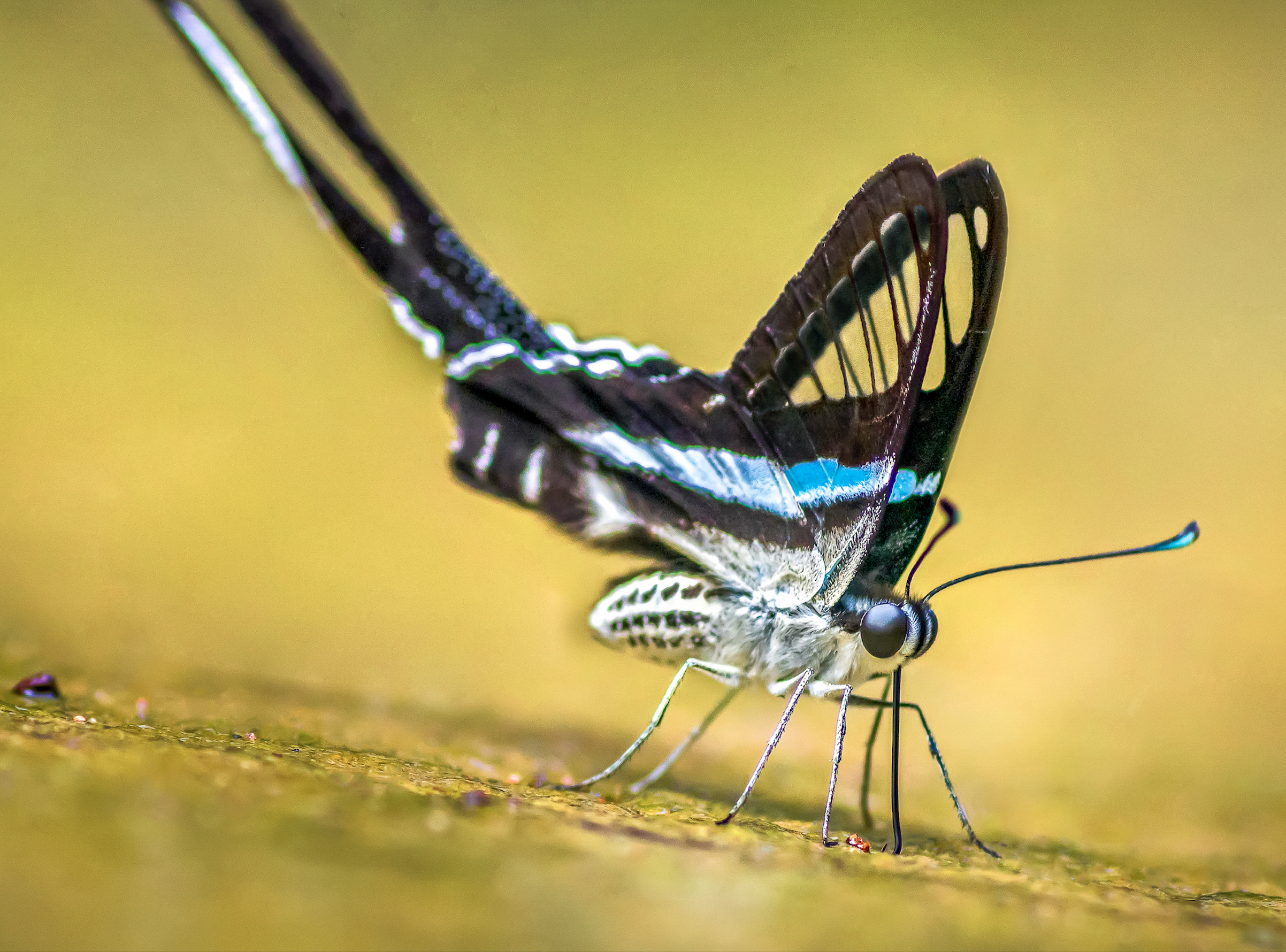
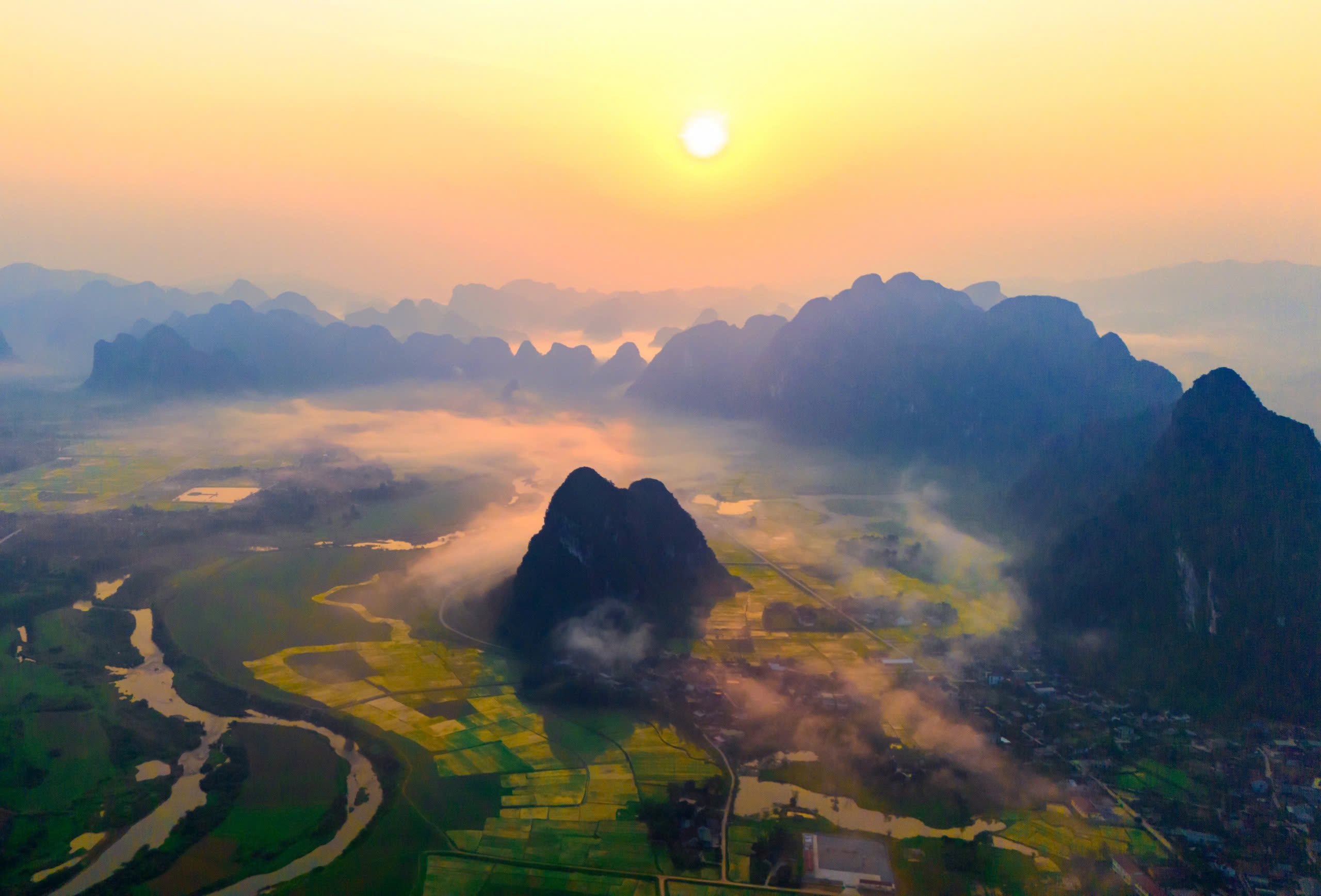
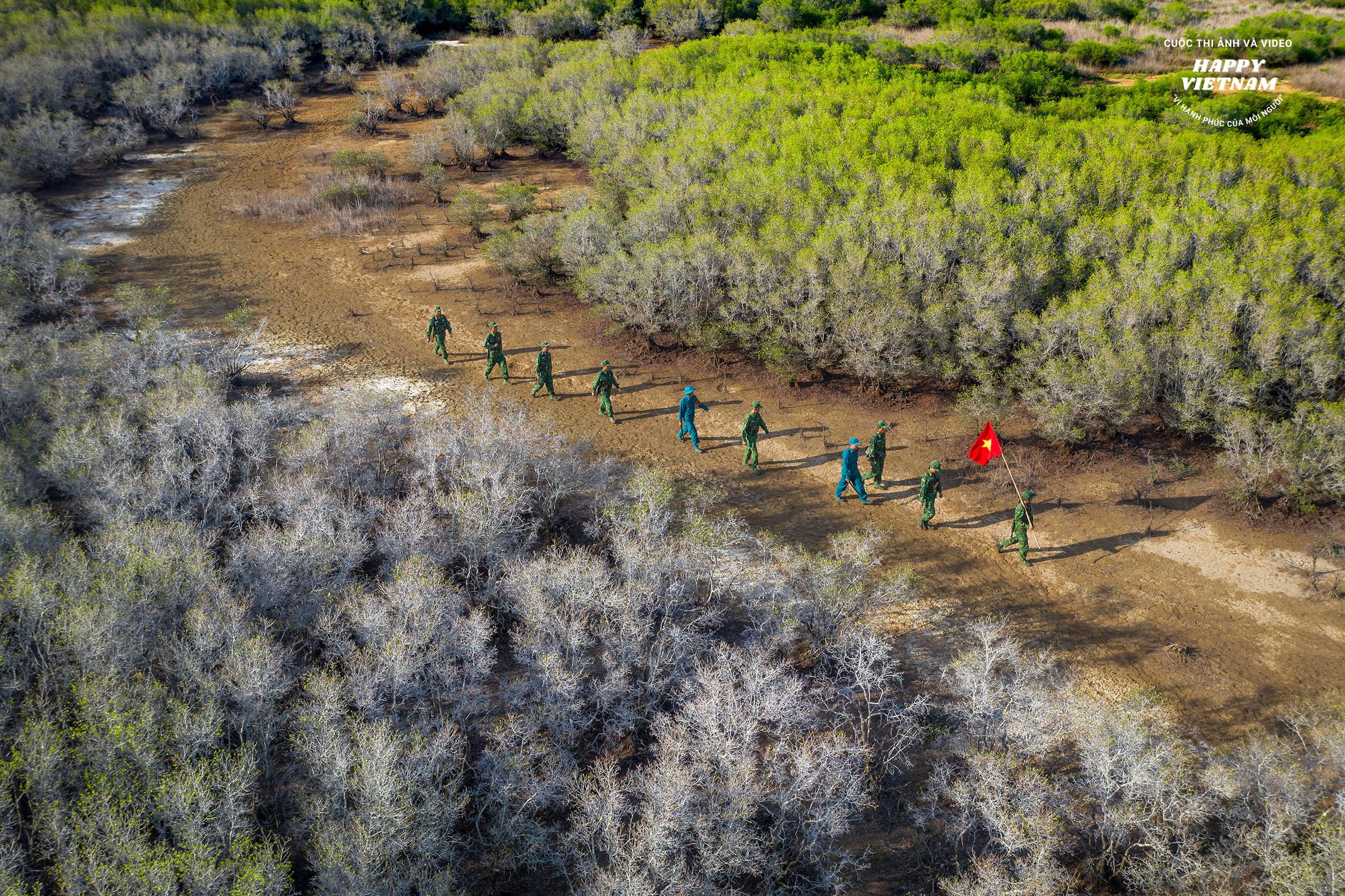
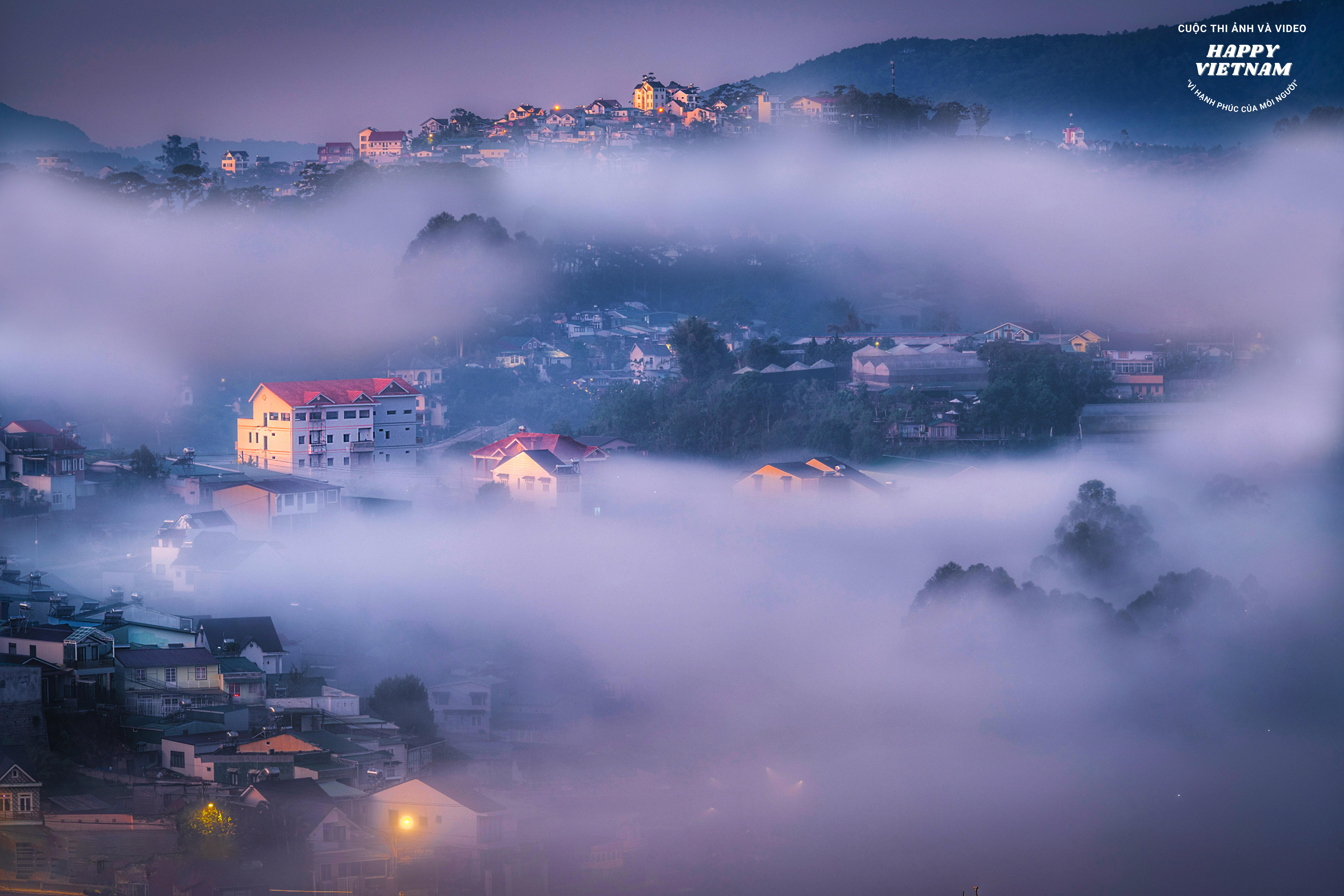


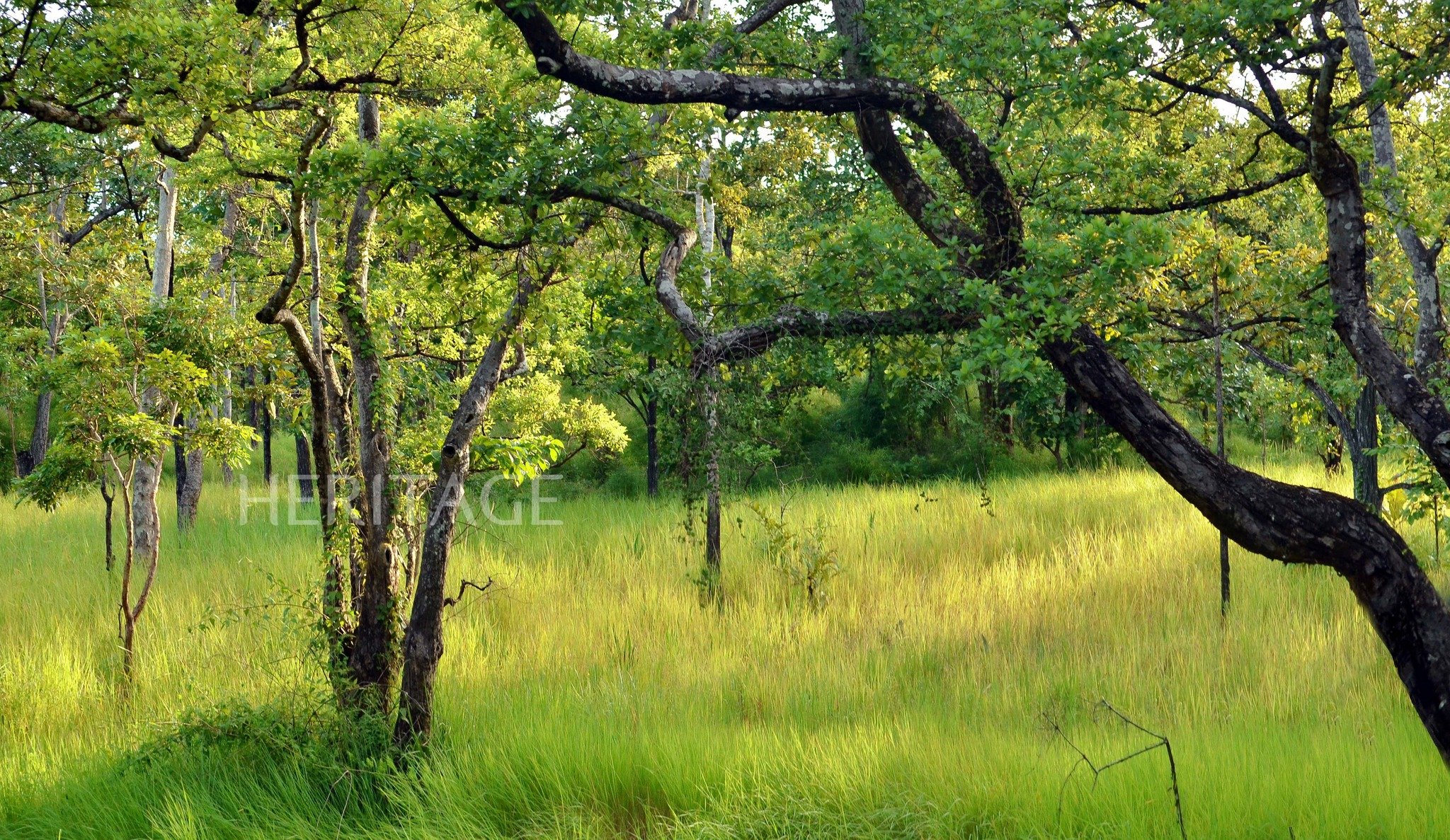

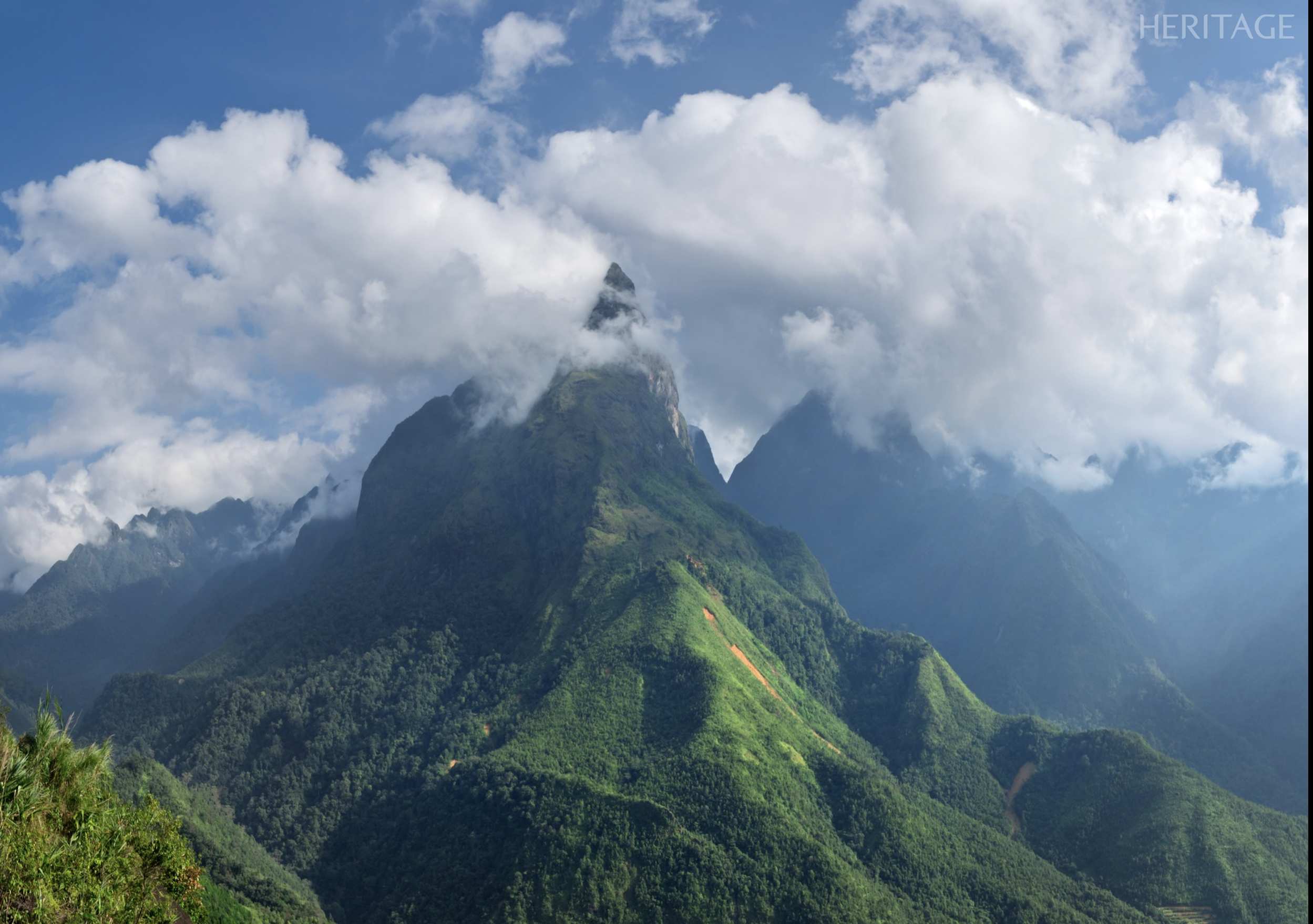


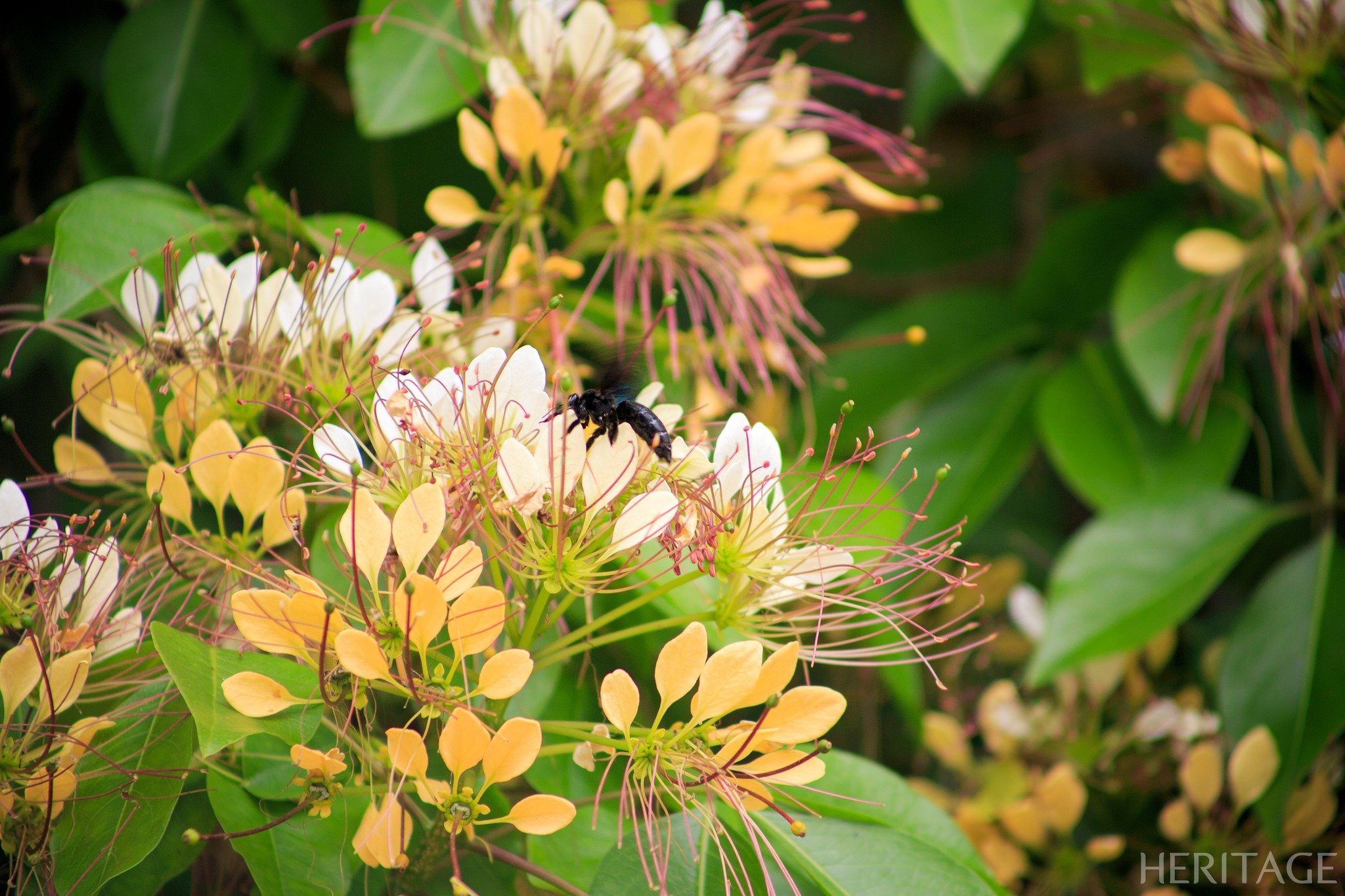

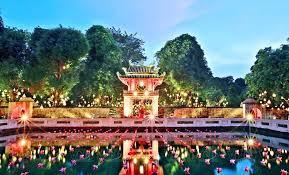

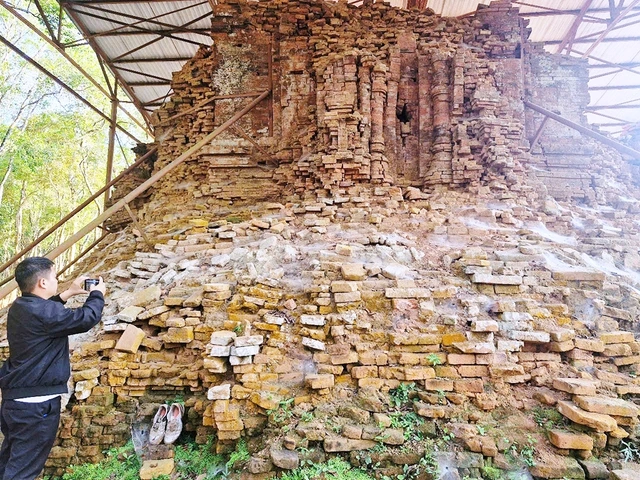

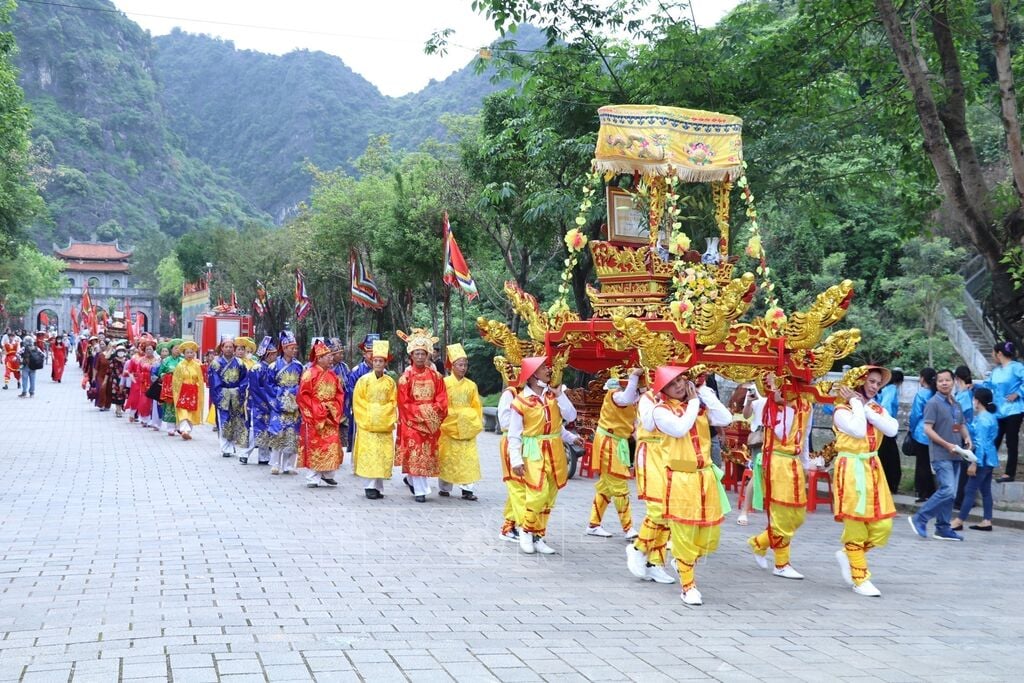

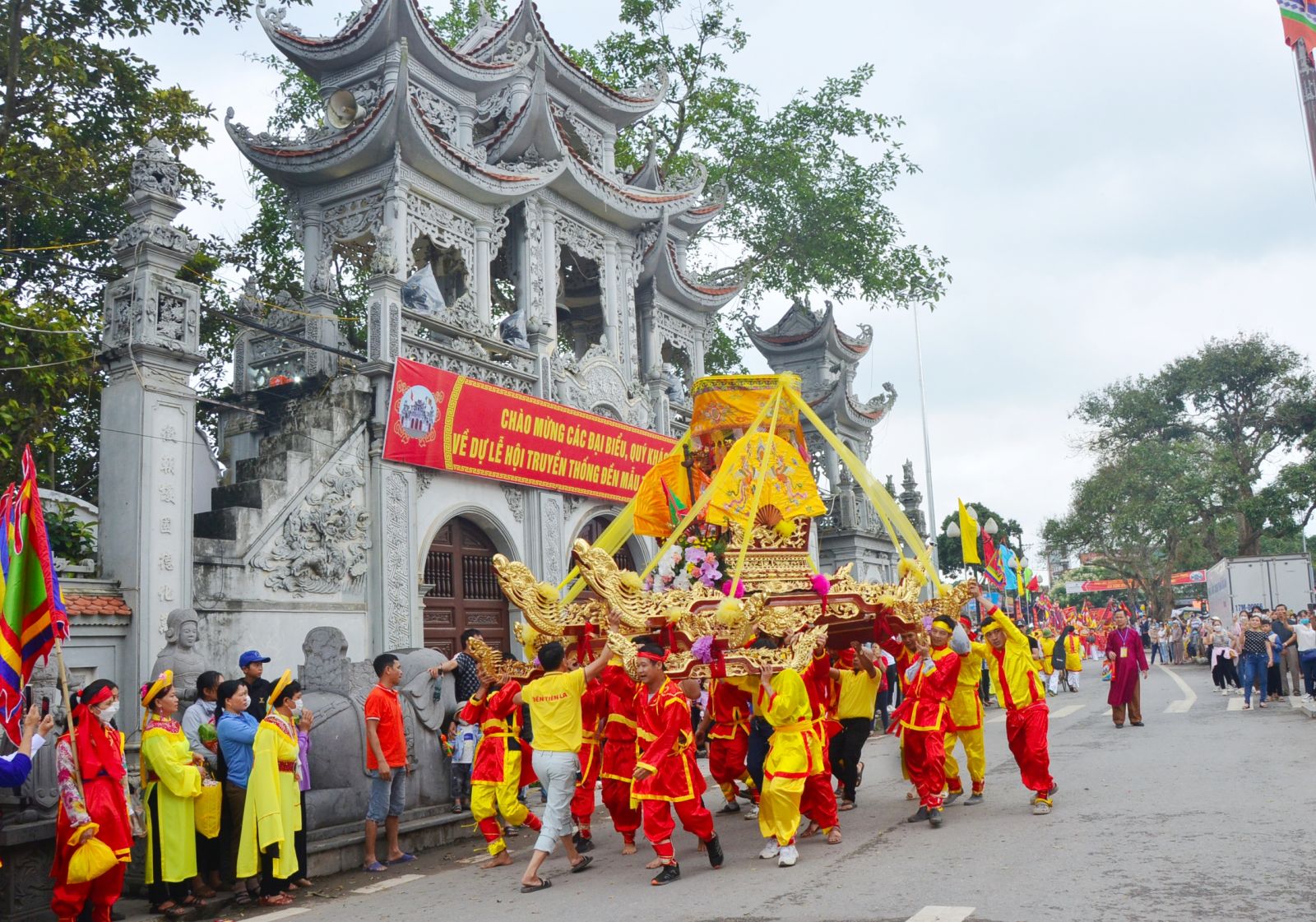

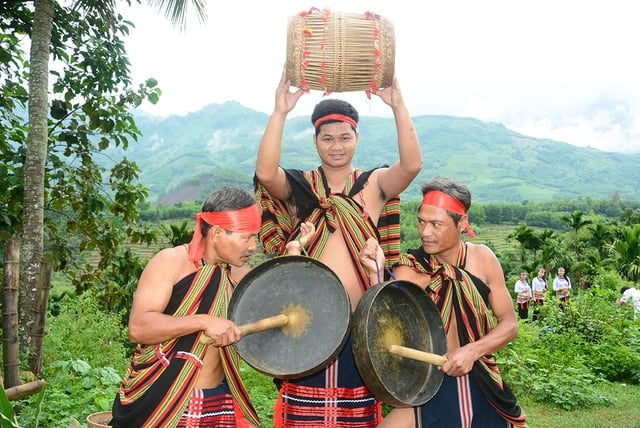












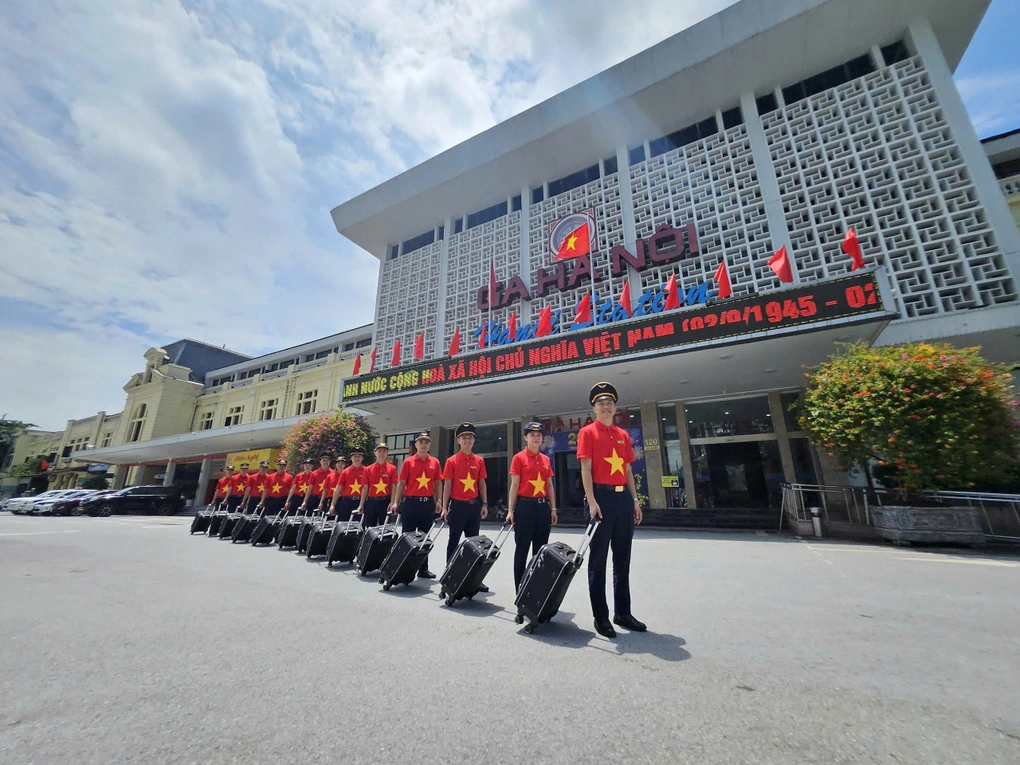







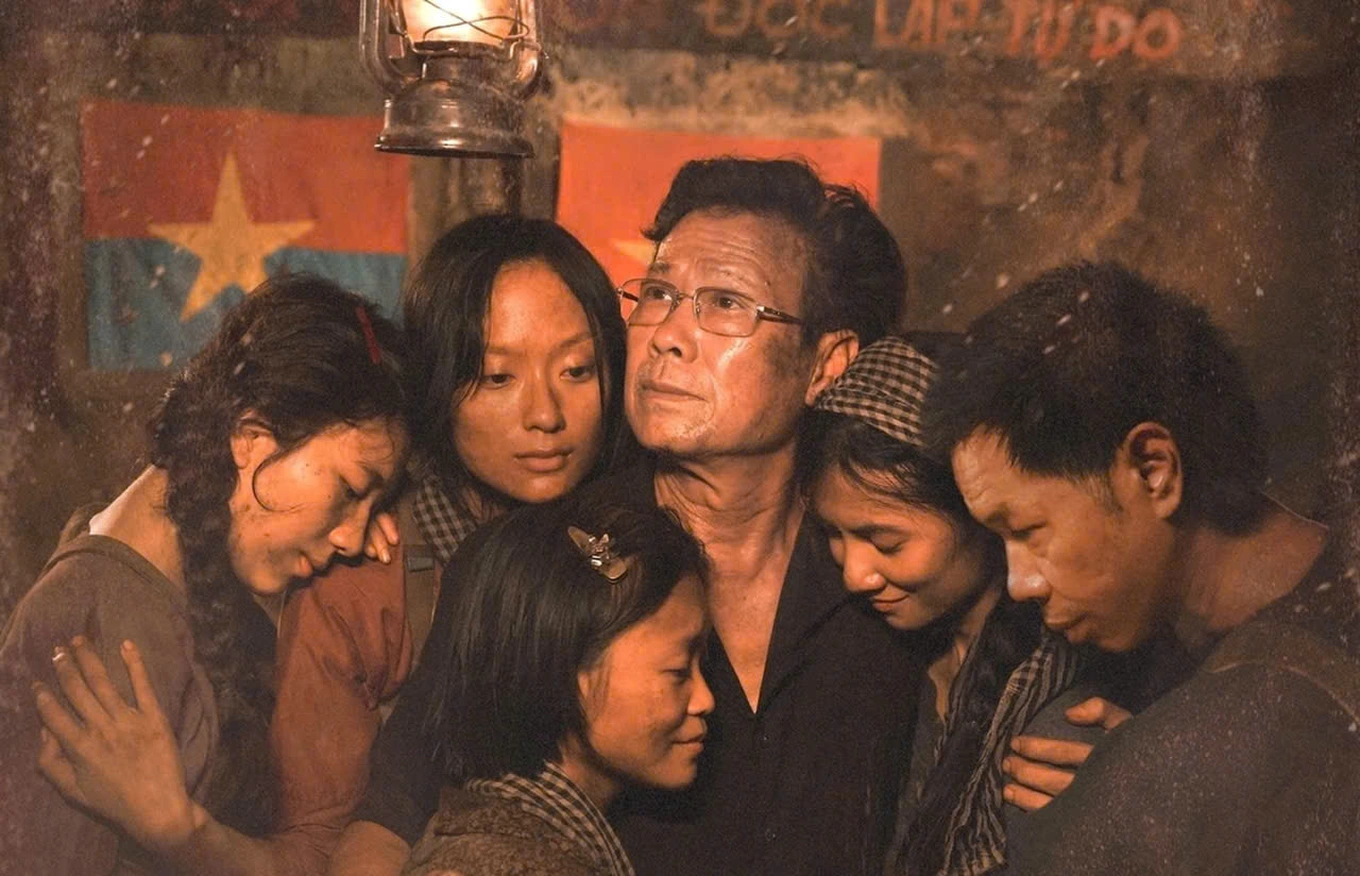











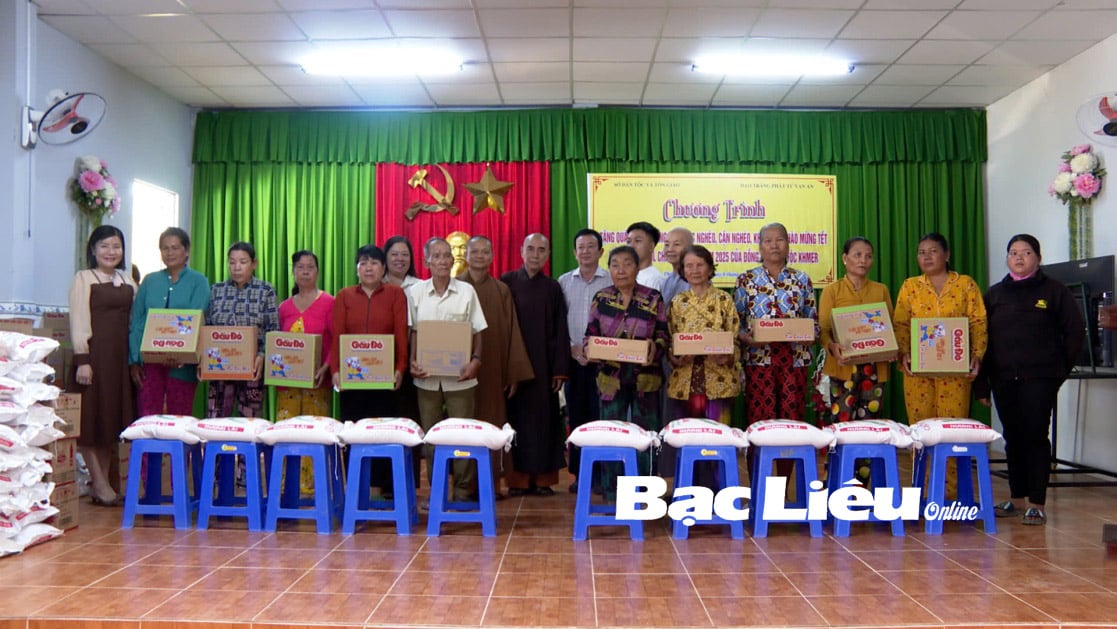
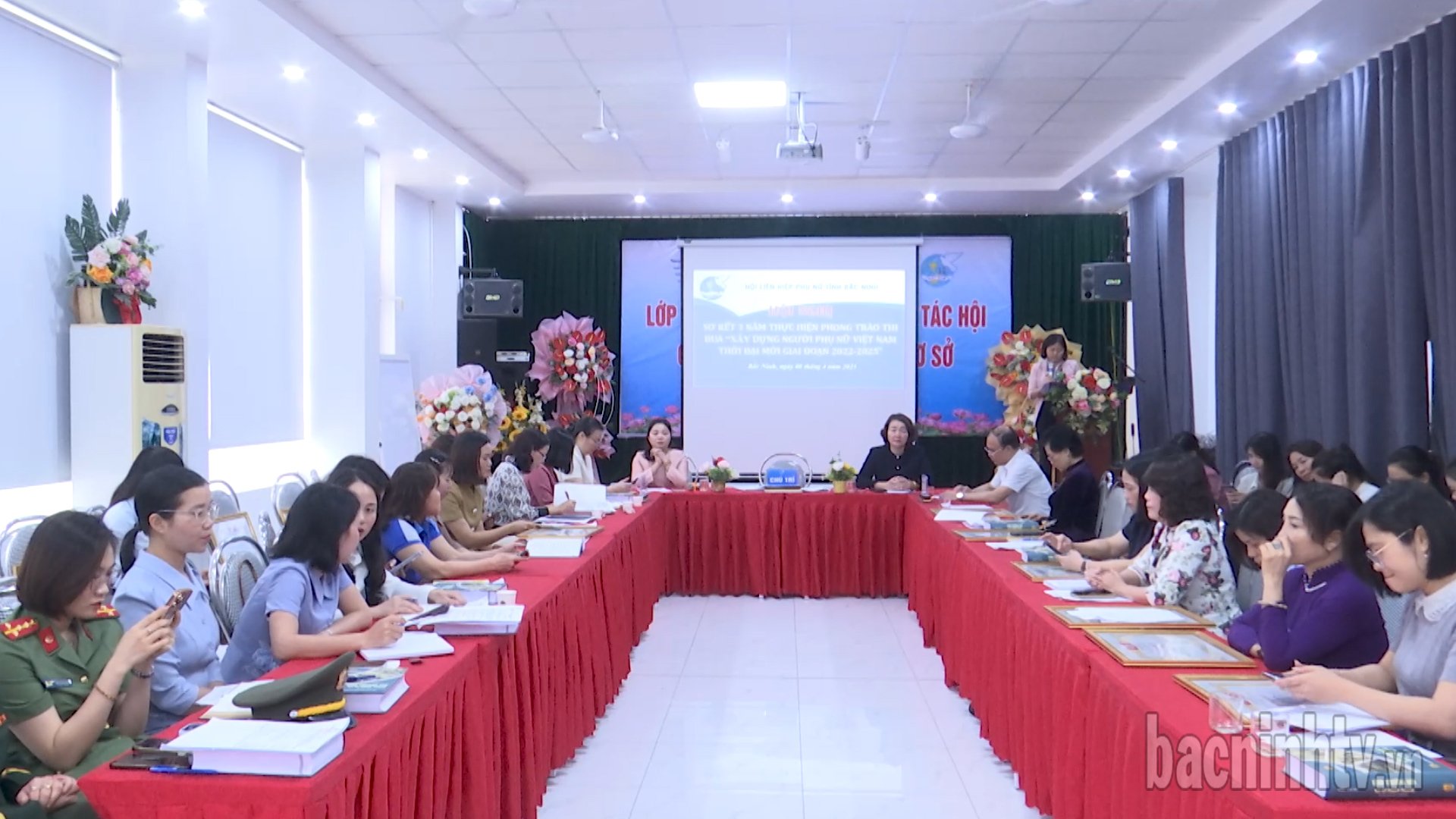






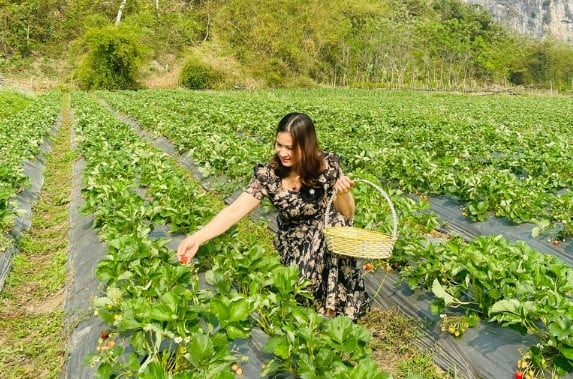



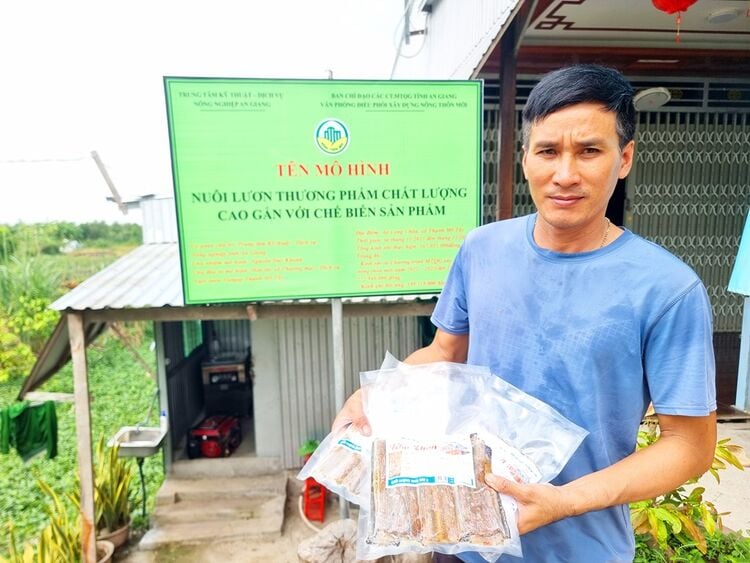
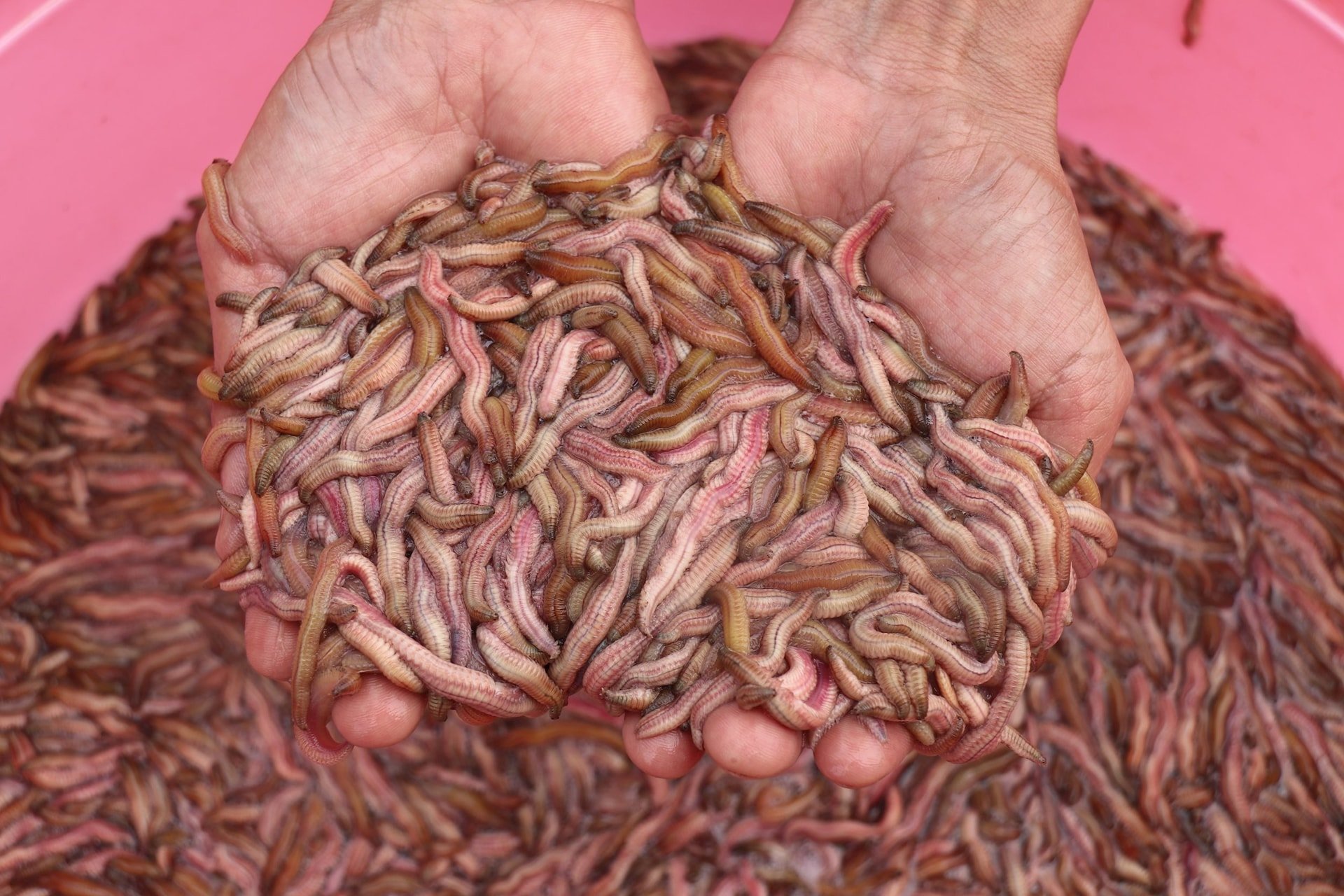
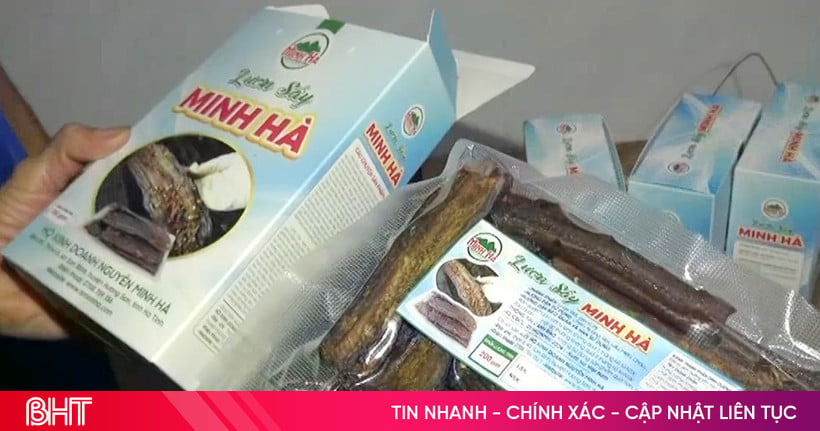

Comment (0)